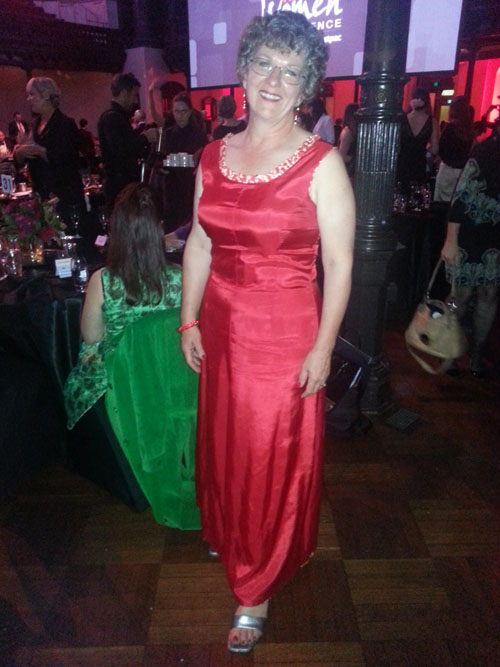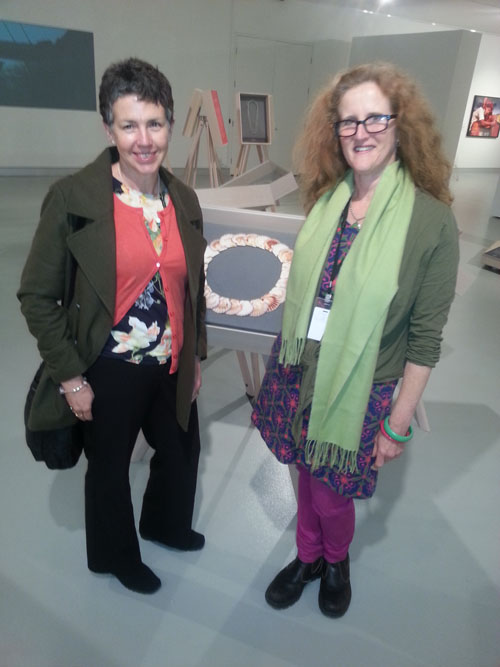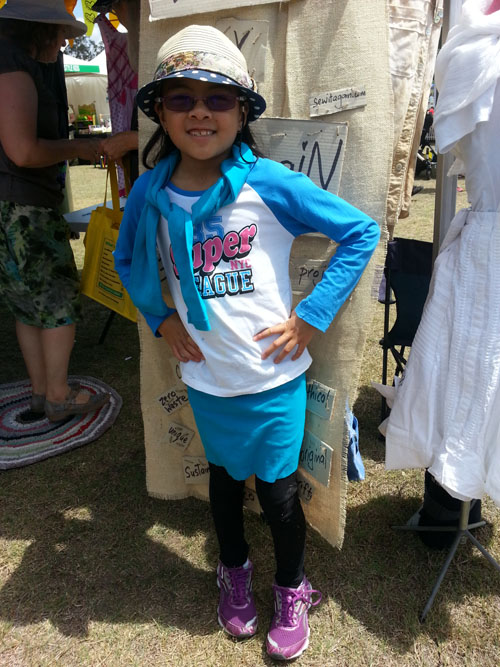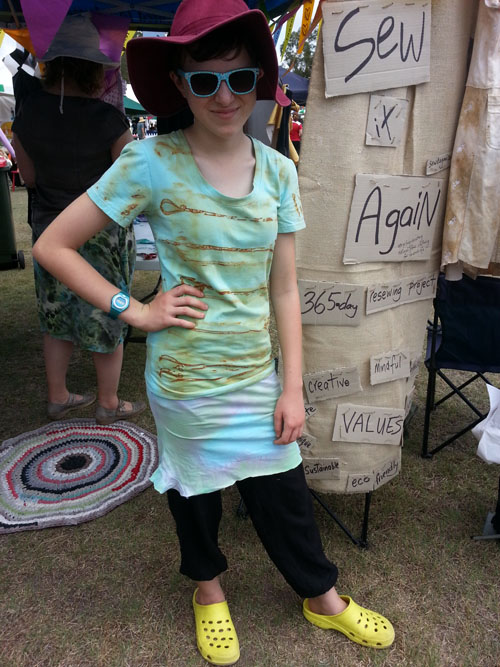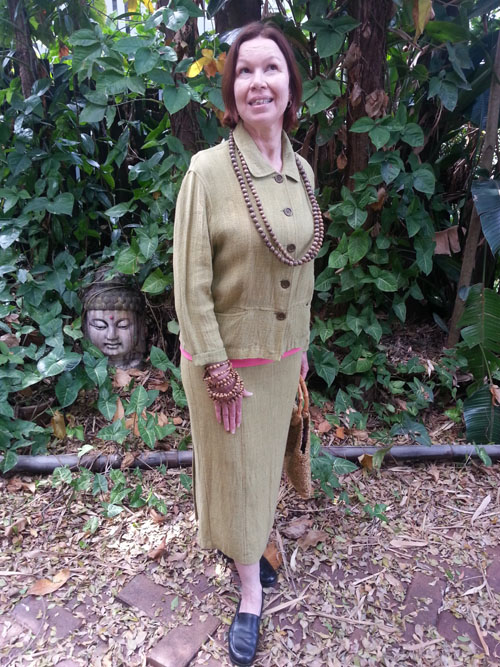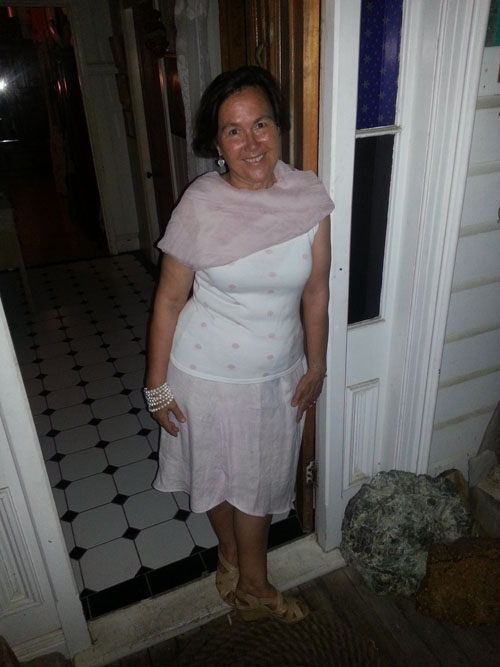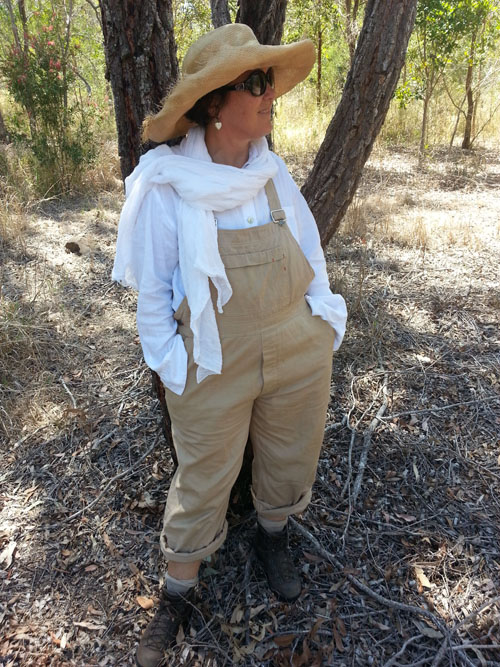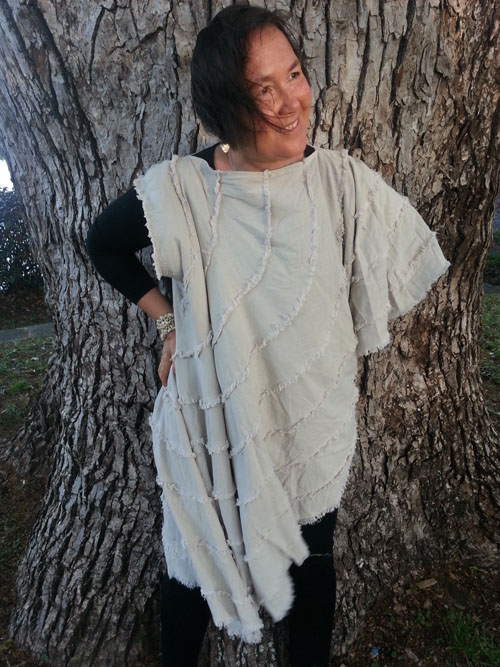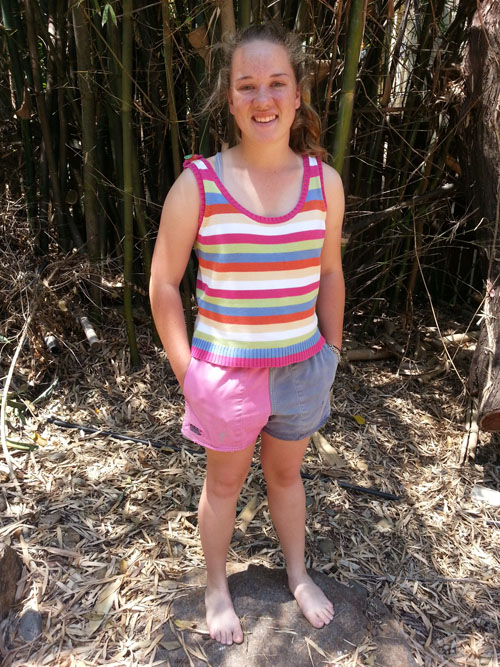 We know that endless growth is impossible in a finite world. Therefore being thrifty, conserving resources, repurposing and repairing existing clothing are actions that contribute to the sustainability of life on Earth.
We know that endless growth is impossible in a finite world. Therefore being thrifty, conserving resources, repurposing and repairing existing clothing are actions that contribute to the sustainability of life on Earth.
I find it interesting that some of the wealthiest people are also the thriftiest. Just because one can afford to go out and buy new clothing, doesn’t mean one does. I wrote about this in an earlier post and quoted UK design guru Kevin McCloud’s views on thrift “throw nothing away if you can help it and wear your clothes until they are rags – thrift is an admirable value that we have lost”.
Well-worn and cherished resources are often more comfortable, they have a story attached, and may even be of better quality than newer stuff. Thrift underpins this 365-day Sew it Again project which is valuing, reusing, repairing and refashioning natural-fibre clothing instead of always buying new. Continue reading
